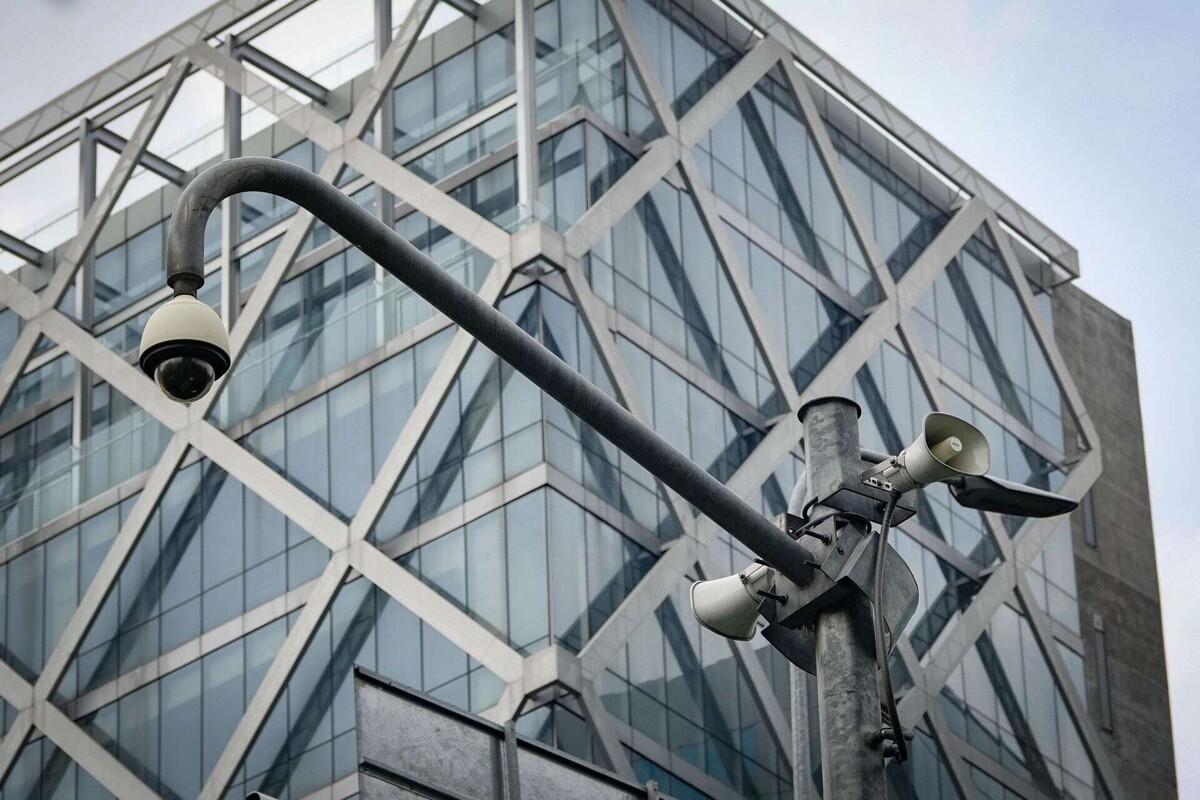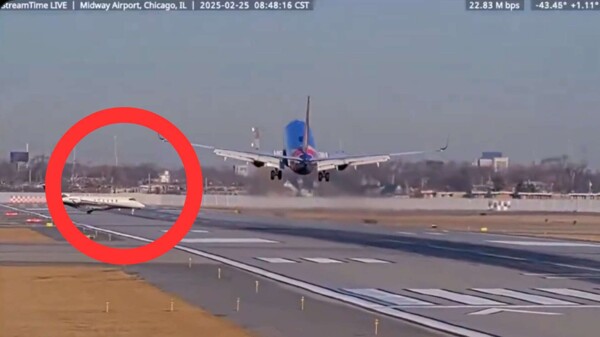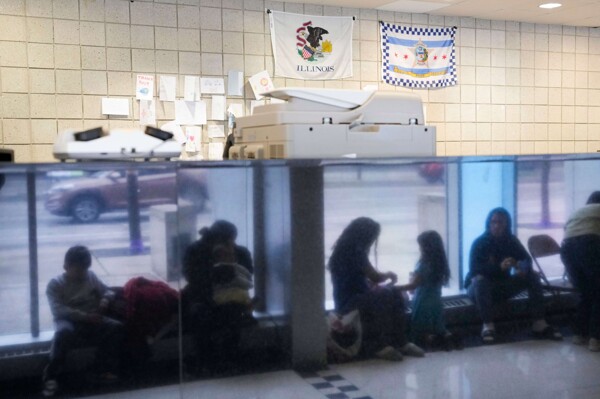
In the United States, Chicago has implemented the ShotSpotter system, which has increased the homicide clearance rate by 25 percent. The fight against impunity in intentional homicides represents one of the greatest challenges for justice systems.
In this context, forensic video monitoring has become a crucial tool for evidence collection, suspect identification, and crime scene reconstruction. This type of monitoring allows investigators to recover recordings from security cameras near the crime scene and reconstruct the moments before and after the event.
An example of its effectiveness is the attack on Congresswoman Diana Sánchez Barrios on October 17, 2024, in the Historic Center. Through the security cameras of the Command, Control, Computing, Communications, and Citizen Contact Center (C5), authorities were able to identify and track down those responsible.
This type of digital forensic analysis allows for the establishment of behavioral patterns and the detection of suspicious movements, which can lead to identifying the culprits and the routes taken for their entry to the crime scene and their escape.
In this context, the C5 surveillance cameras are crucial as evidence in incidents such as those that occurred last Thursday when 14 people were murdered in eight incidents at different locations in the city.
Yesterday, as evidence of the fight against impunity, Attorney General Bertha Alcalde revealed arrests in six of the cases and substantial advances in the other two. The videos can serve as testimony to help reconstruct the crime, corroborate theories, and establish links between different crimes, identify mobility patterns, and routes used by the aggressors to map the movements of criminals and prevent future crimes.
Several countries have invested in technology as part of their security strategies.













